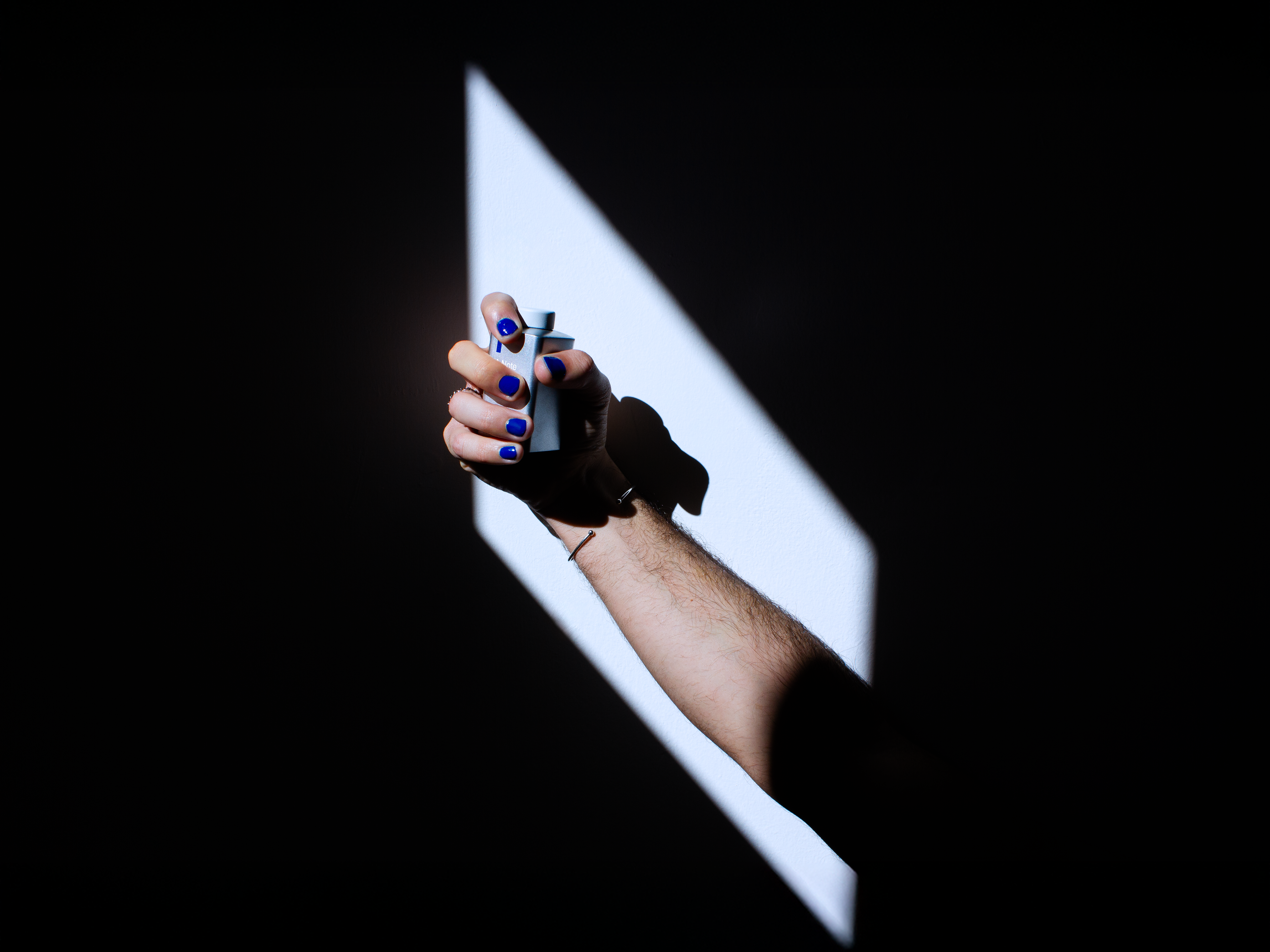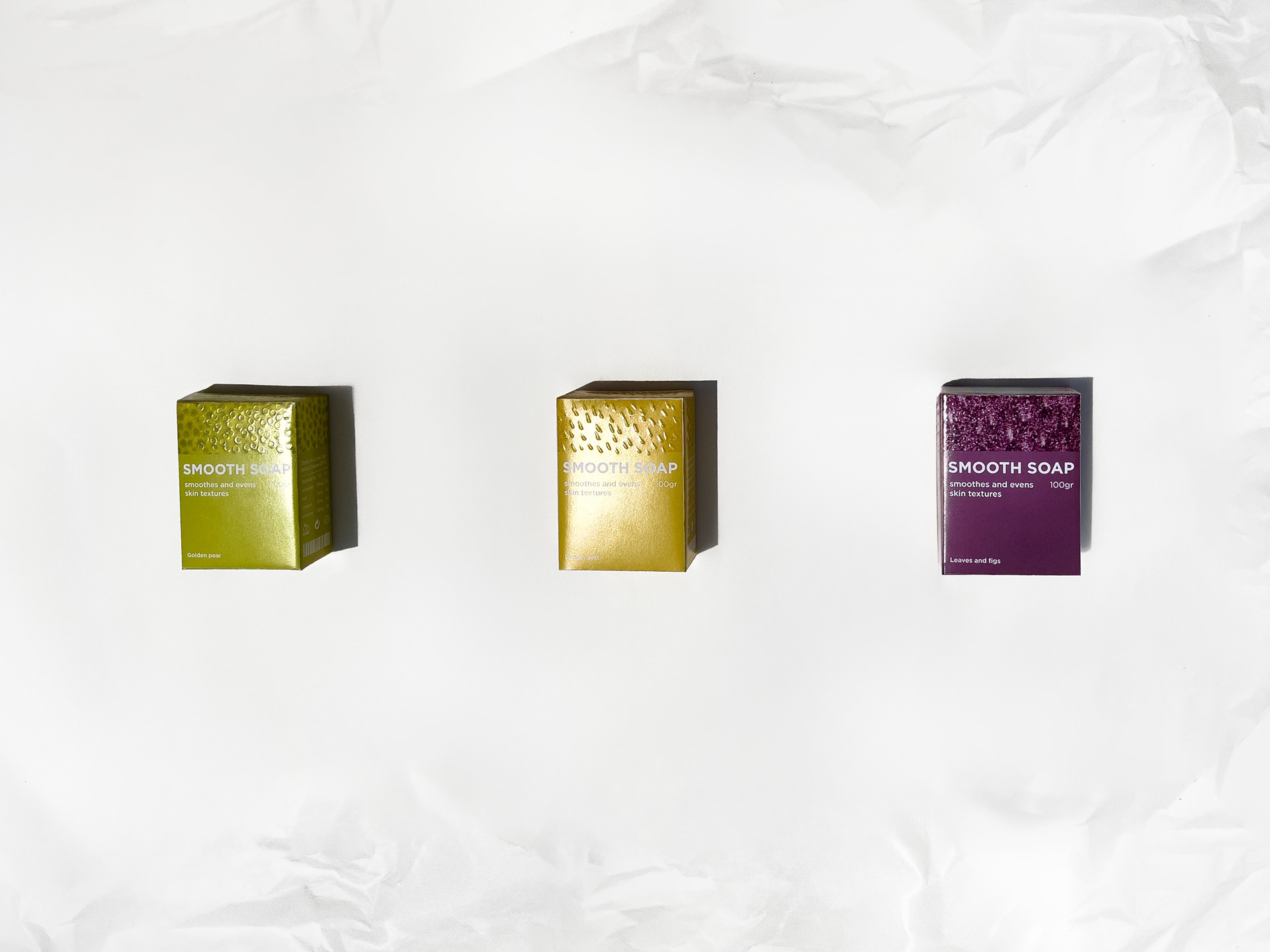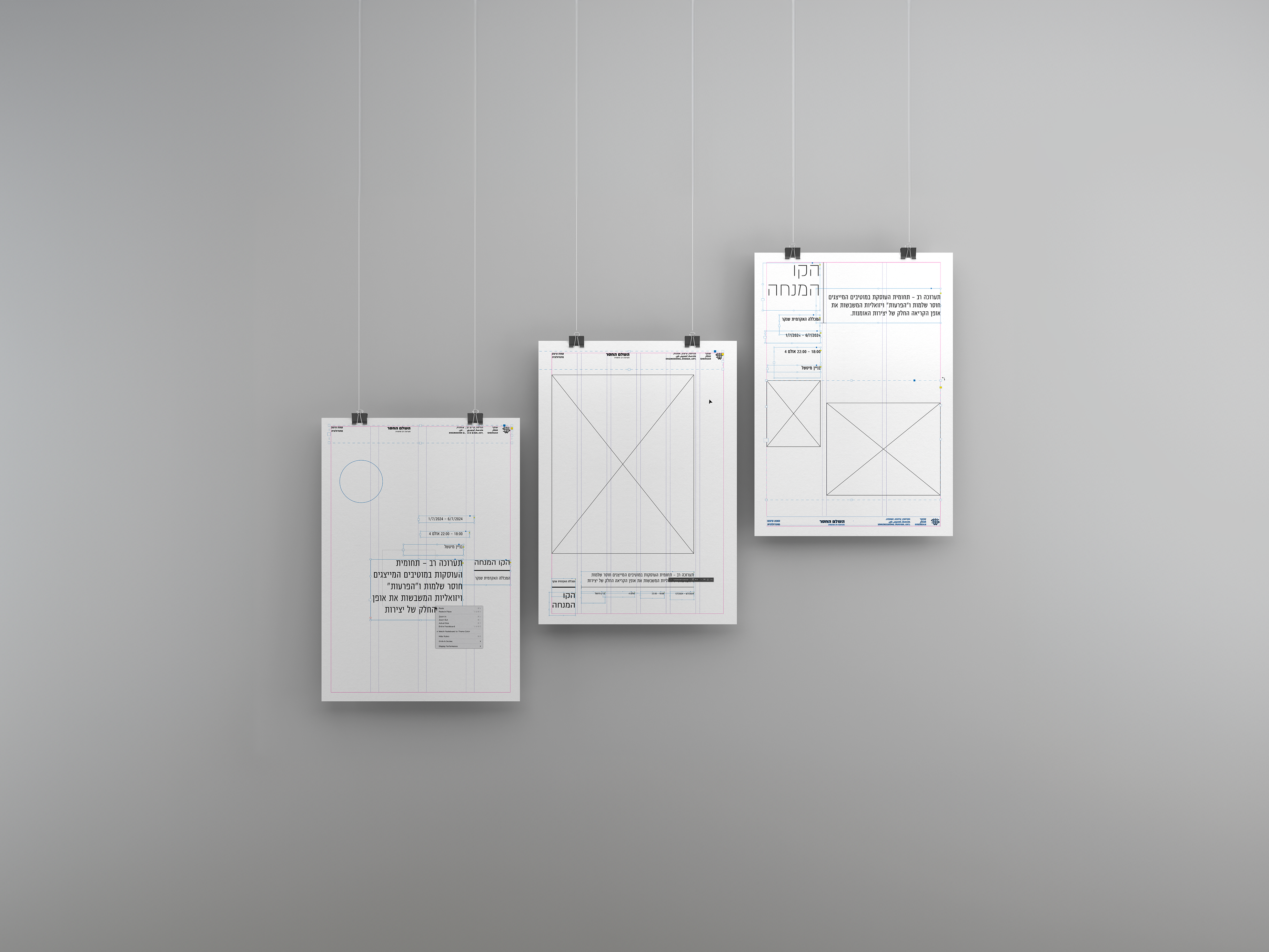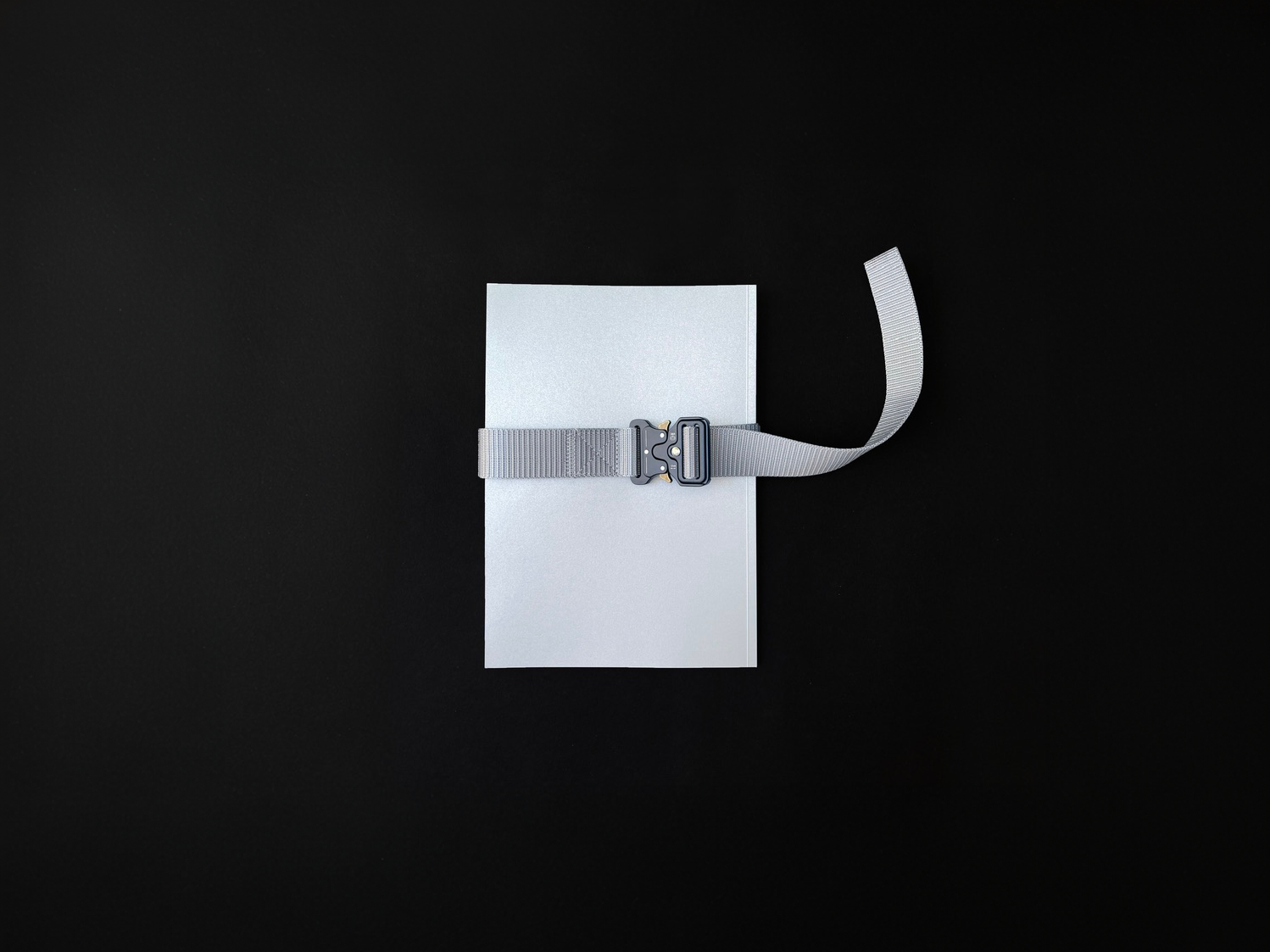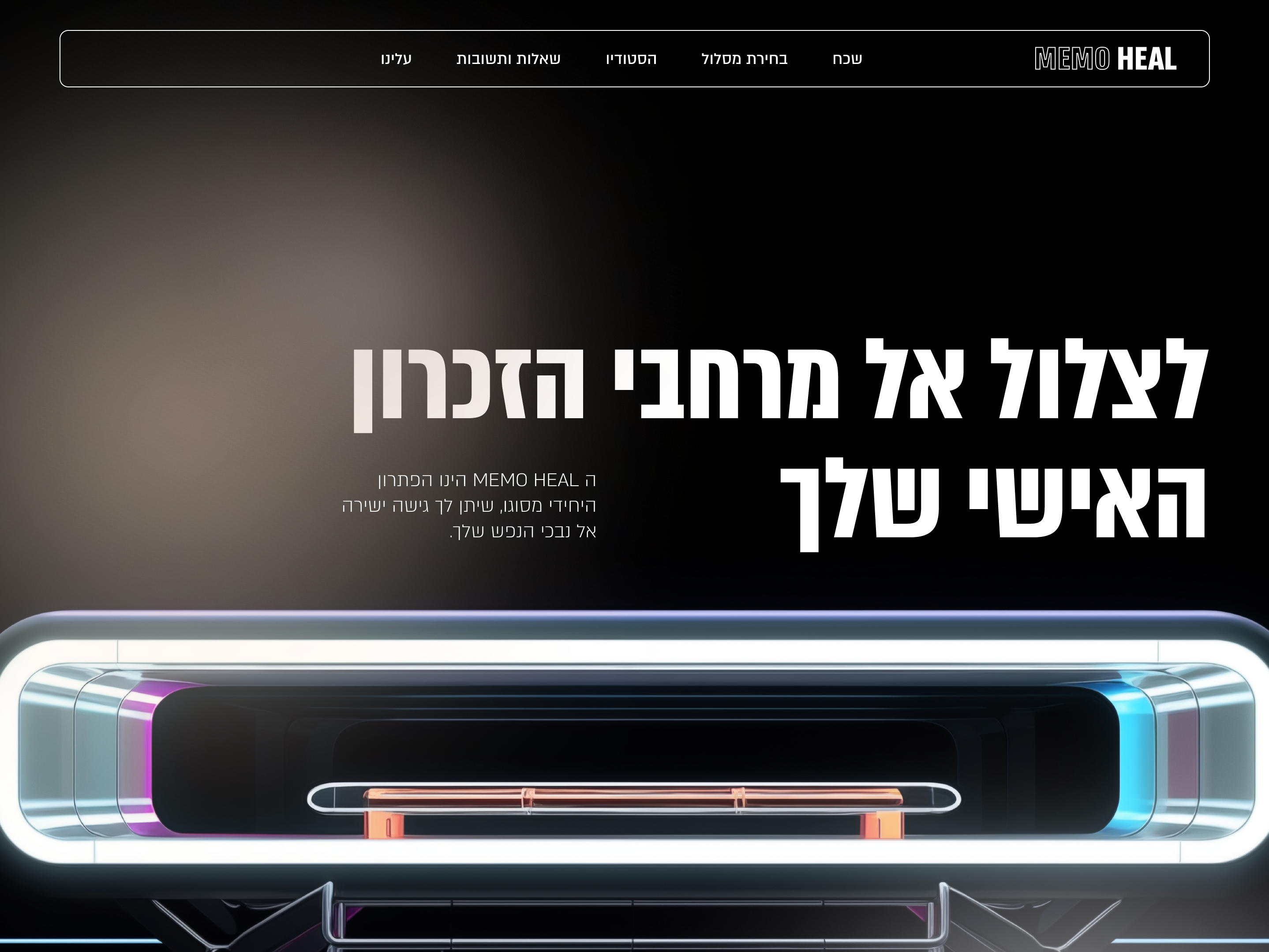This project began as a journey to turn the invisible into visible — to translate music into visual imagery.
The idea was inspired by the article “Music Without Musical Parameters” by Didi Feir, which discusses the challenges of converting a song into an image. Rather than deterring me, that very challenge became my source of inspiration. Using Python, I broke the song down into various components, each revealing a different layer of the result. I worked with parameters such as tempo, spectrum (representing the frequencies of sounds and how they change over time), and chroma (which reflects the pitch of the sounds).
The idea was inspired by the article “Music Without Musical Parameters” by Didi Feir, which discusses the challenges of converting a song into an image. Rather than deterring me, that very challenge became my source of inspiration. Using Python, I broke the song down into various components, each revealing a different layer of the result. I worked with parameters such as tempo, spectrum (representing the frequencies of sounds and how they change over time), and chroma (which reflects the pitch of the sounds).
The design choices played a significant role throughout the process: how should the data be visualized in a way that conveys the intended emotion? How can colors, contrasts, and shapes represent sound? I discovered that there is no single answer — even the smallest change in visual presentation creates a different experience. Each step unveiled another dimension of the connection between sound and image.
As part of the project, I brought the research findings to life by creating a set of cards, delivered as a personal package. Each card represented one of the 12 most-played songs of a fellow student and was paired with one of the 12 chapters in Didi Feir’s article. This parallel structure created a conceptual bridge between personal listening habits and theoretical ideas, turning abstract research into a tangible, emotional experience.
Although the project is based on numerical data translated into graphs, the final result is far from technical — it creates an experience. The song took on a new form, almost like an abstract portrait of its own. It not only allows us to “see” the music, but the visual translation itself tells a story as rich and engaging as the sounds. This affirmed for me that the visual and the musical are not separate worlds, but rather intertwined fields that feed into one another and create a new dimension altogether.



